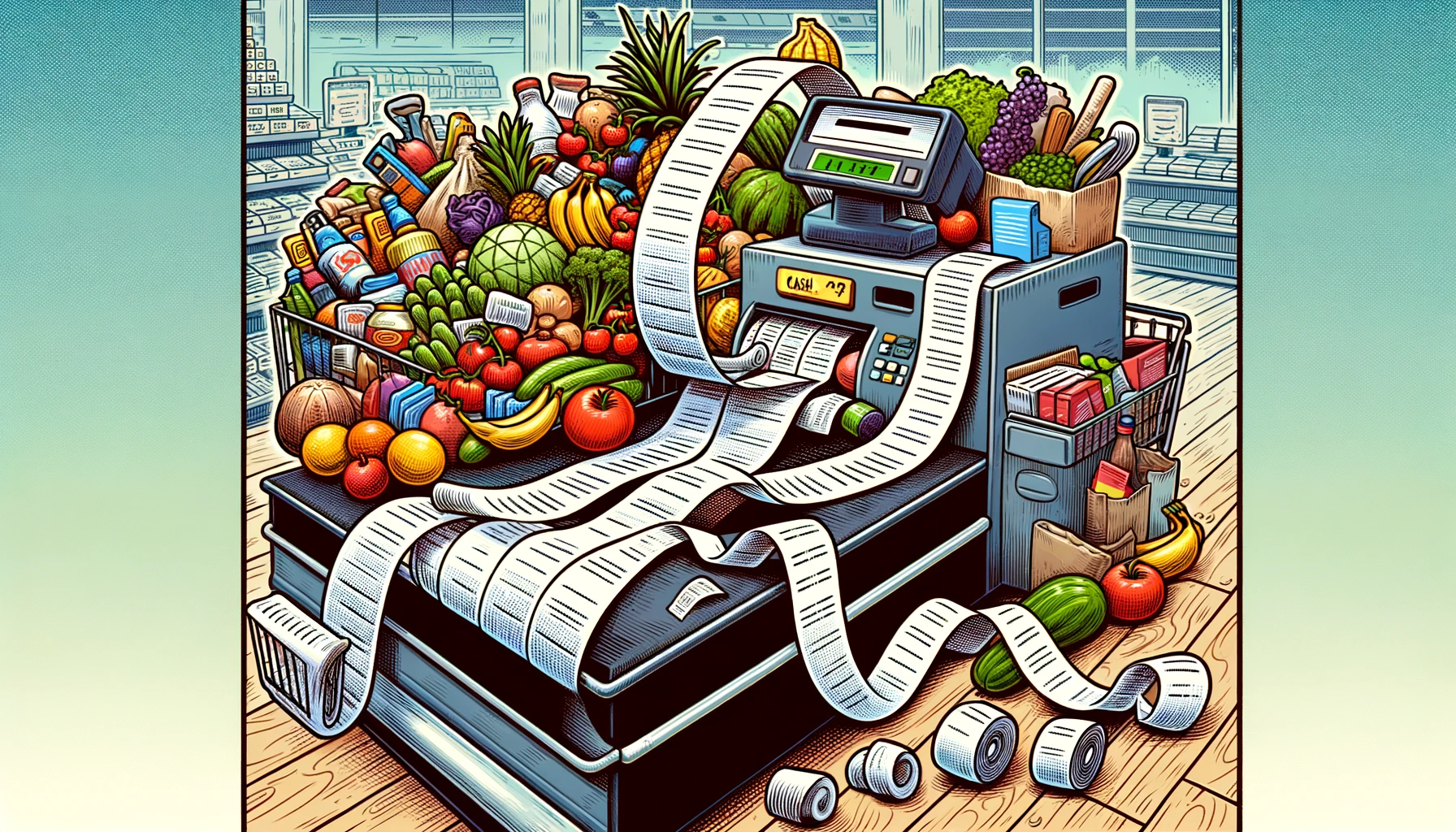Top 10 Strategies to Combat Food Inflation: A Savvy Shopper's Guide
1. Plan Your Meals
Planning your meals for the week is a cornerstone strategy. It prevents impulsive purchases, reduces waste, and ensures that every item bought has a purpose. This not only streamlines your shopping list but also maximizes the utility of each purchase.
2. Embrace Seasonal Produce
Opting for seasonal fruits and vegetables can significantly cut costs. These items are cheaper when in abundance, offer better taste, and often come with a lower carbon footprint due to reduced transportation needs.
3. Go for Generic Brands
Switching to generic or store brands can lead to considerable savings without sacrificing quality. These products are often produced in the same facilities as their brand-name counterparts, offering comparable quality at a lower price point.
4. Bulk Buying with Caution
Buying in bulk is cost-effective for non-perishable items or products you use frequently. However, it's essential to assess storage space and consumption rates to avoid spoilage and waste.
5. Utilize Coupons and Loyalty Programs
Coupons, loyalty programs, and cash-back apps can provide significant savings. Many stores offer exclusive discounts to members, and digital platforms make accessing these deals more convenient than ever.
6. Shop at Discount Stores and Local Markets
Discount stores and local farmer's markets often offer lower prices than mainstream grocery stores. These venues can be a goldmine for deals, especially on fresh produce and bulk items. Local markets also support community agriculture, which can be both cost-effective and sustainable.
7. Avoid Pre-packaged and Processed Foods
Pre-packaged and processed foods come with a higher price tag due to convenience. Opting for whole ingredients and cooking from scratch is not only more economical but also allows for healthier eating habits.
8. Shop the Perimeter
The outer aisles of a grocery store typically feature fresh produce, dairy, and meats, avoiding the processed foods in the center aisles. This strategy focuses your shopping on healthier and often less expensive items.
9. Freeze and Preserve
Stock up on fresh produce when prices are low and preserve them by freezing. This practice ensures you have access to fruits and vegetables year-round without paying premium off-season prices.
10. Compare Prices and Shop Around
Don't limit your shopping to one store. Prices can vary significantly between stores, so comparing prices can lead to substantial savings. Apps and websites that compare grocery prices can be invaluable tools in finding the best deals.
By adopting these strategies, consumers can better navigate the challenges of food inflation. The key is to be mindful and proactive in your shopping habits, ensuring that you're making the most of your food budget without compromising on the quality or enjoyment of your meals.
Loading random blog post...
